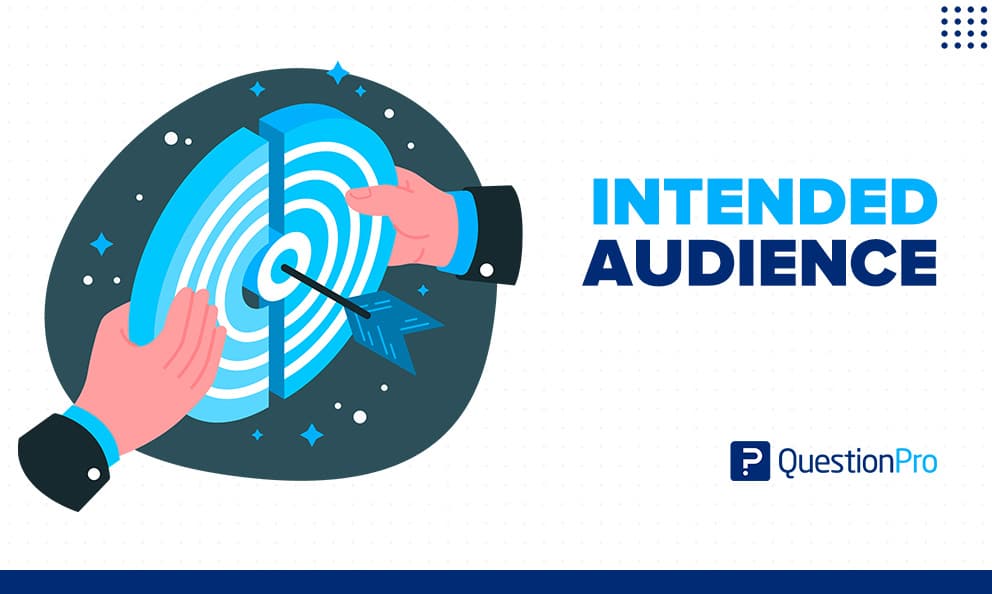Who Is The Intended Audience For This Presentation
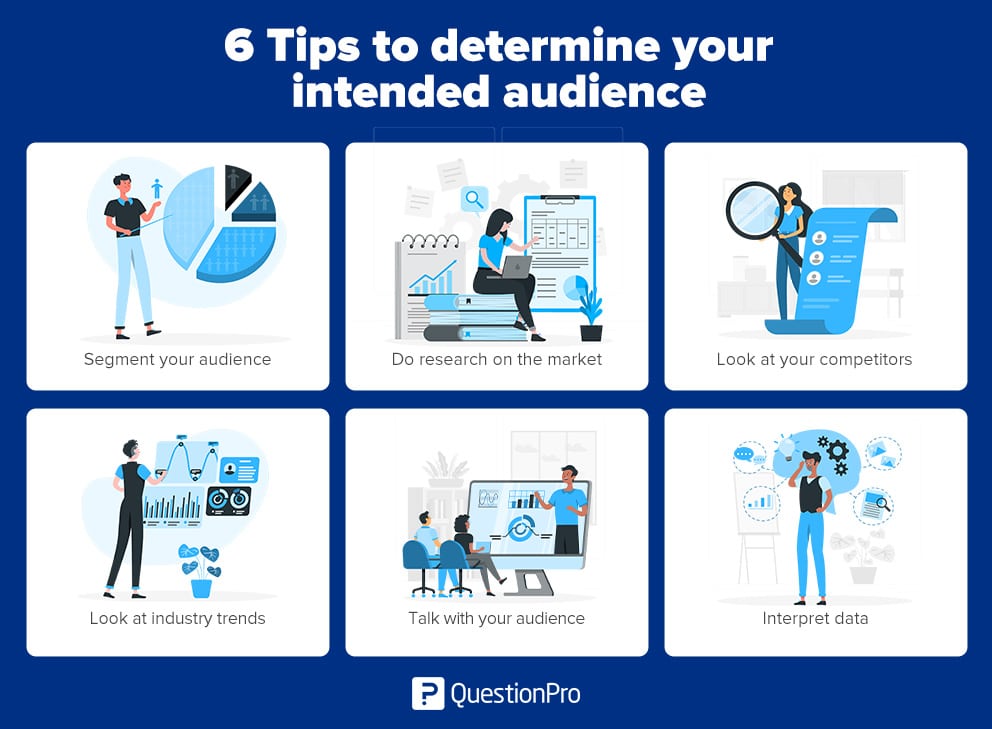
Imagine a room buzzing with anticipation. Sunlight streams through the windows, illuminating faces etched with curiosity and a shared sense of purpose. The projector hums quietly, ready to display slides packed with information, strategies, and insights. But before the speaker utters a single word, a critical question hangs in the air: Who are we talking to?
Understanding the intended audience is paramount to the success of any presentation. This article delves into the crucial, often overlooked, process of identifying and understanding the target audience. We will explore the importance of tailoring content, delivery, and messaging for maximum impact and engagement.
Why Knowing Your Audience Matters
Presenting without a clear understanding of your audience is like sailing without a compass. You might reach a destination, but it's unlikely to be the one you intended.
A well-defined audience profile allows presenters to craft messages that resonate deeply. It also allows them to anticipate questions and address concerns proactively.
Consider a presentation on the benefits of a new software solution. Delivering the same presentation to a room full of CEOs versus a group of software engineers would be a disastrous mismatch. The former would require a focus on ROI and strategic advantages, while the latter would need in-depth technical details and practical applications.
Identifying Your Audience: A Detective's Approach
Pinpointing your audience requires a detective's mindset: gathering clues, analyzing data, and drawing informed conclusions. This process can be broken down into several key steps.
1. Demographics: The Foundation
Start with the basics: age, gender, location, education level, and professional background. This information provides a foundational understanding of who you're addressing.
For example, a presentation aimed at recent college graduates will differ significantly from one targeted towards seasoned professionals nearing retirement.
Data on demographics can often be gleaned from registration lists, event organizers, or internal company directories.
2. Psychographics: Delving Deeper
Go beyond demographics to understand your audience's values, interests, attitudes, and lifestyle. What motivates them? What are their pain points? What are their aspirations?
Understanding psychographics allows you to connect with your audience on a more personal level. This will allow you to tailor your message to their specific needs and concerns.
Surveys, polls, and social media analysis can provide valuable insights into audience psychographics.
3. Knowledge Level: Meeting Them Where They Are
Assess your audience's existing knowledge on the subject matter. Are they experts in the field, or are they complete novices?
Presenting overly complex information to a beginner audience will lead to confusion and disengagement. Conversely, simplifying a presentation too much for experienced professionals will result in boredom and frustration.
Gauge the knowledge level through pre-presentation questionnaires or by engaging with audience members beforehand.
4. Needs and Expectations: Addressing Their Priorities
What do your audience members hope to gain from the presentation? What specific questions are they seeking answers to?
Understanding their needs and expectations allows you to structure your presentation to directly address their priorities. This will help you demonstrate the value of your message.
Engage with audience members through Q&A sessions or informal conversations to uncover their needs and expectations.
5. Decision-Making Authority: Who Holds the Power?
Determine whether your audience members have the authority to make decisions based on your presentation. Are they influencers, decision-makers, or simply observers?
Tailor your message to appeal to the individuals who hold the power to take action. This will significantly increase the likelihood of achieving your desired outcome.
Clarify the roles and responsibilities of audience members beforehand to understand their decision-making authority.
Tailoring Your Presentation: The Art of Connection
Once you've identified your audience, the next step is to tailor your presentation to resonate with them. This involves adapting your content, delivery style, and visual aids.
Content Adaptation: Speaking Their Language
Use language and terminology that your audience understands. Avoid jargon or technical terms that may confuse or alienate them.
Provide relevant examples and case studies that resonate with their experiences and challenges. This will make your message more relatable and impactful.
Consider incorporating stories or anecdotes that illustrate your points and engage their emotions.
Delivery Style: Engaging Their Senses
Adjust your delivery style to suit the audience's preferences. Are they receptive to humor and informal language, or do they prefer a more formal and serious approach?
Maintain eye contact, use a confident tone, and speak clearly and concisely. Project enthusiasm and passion for your subject matter.
Incorporate interactive elements, such as polls, quizzes, or group discussions, to keep your audience engaged and involved.
Visual Aids: Enhancing Understanding
Use visuals that are clear, concise, and visually appealing. Avoid cluttering your slides with too much text or complex graphics.
Choose images and colors that are relevant to your message and resonate with your audience's cultural background. Ensure that your visuals are accessible to individuals with disabilities.
Use visuals to illustrate key points, reinforce your message, and keep your audience engaged.
The Ongoing Conversation
Understanding your audience isn't a one-time event; it's an ongoing process. Seek feedback after your presentation to gauge its effectiveness and identify areas for improvement.
Engage with audience members after the presentation to answer questions and address any concerns. This will foster a deeper connection and strengthen your relationship with them.
Continuously refine your understanding of your target audience as their needs and expectations evolve.
Beyond the Presentation: A Broader Perspective
The principles of audience understanding extend beyond formal presentations. Whether you're writing a report, designing a website, or launching a marketing campaign, knowing your audience is essential for success.
By investing the time and effort to understand your target audience, you can craft messages that resonate, build stronger relationships, and achieve your desired outcomes. This investment helps to build a strong relationship with your key audience.
Ultimately, effective communication is about connection. And connection begins with understanding who you're talking to.

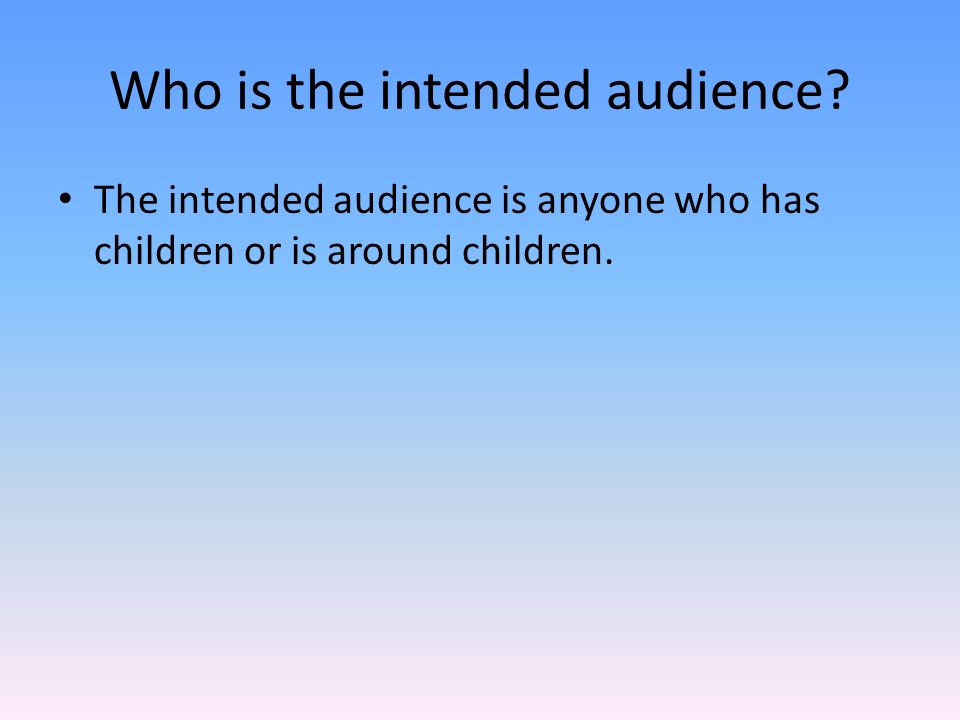


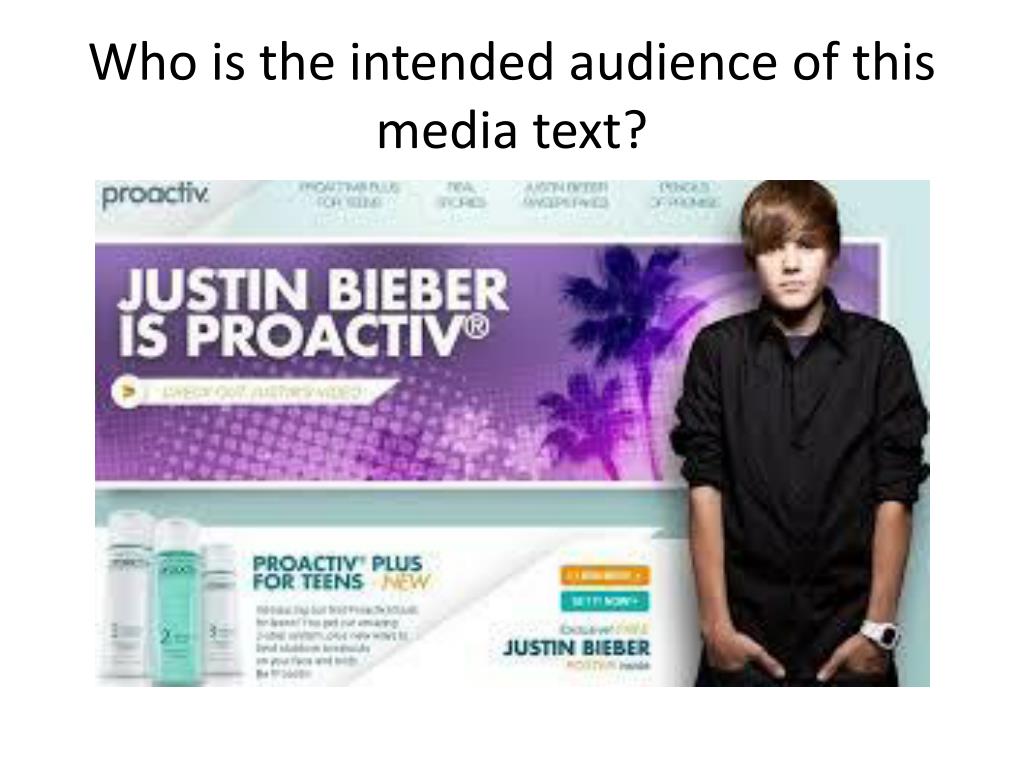

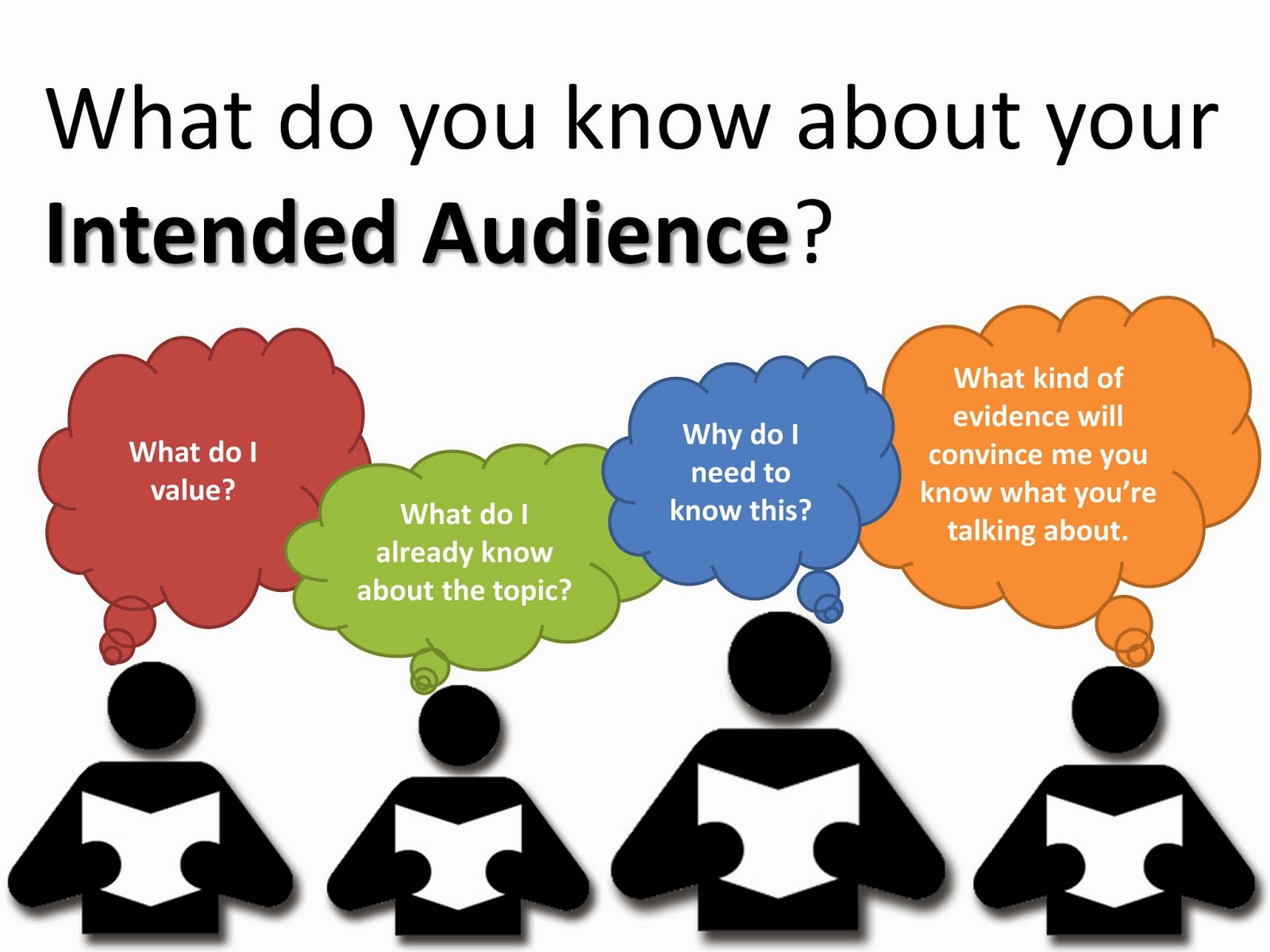


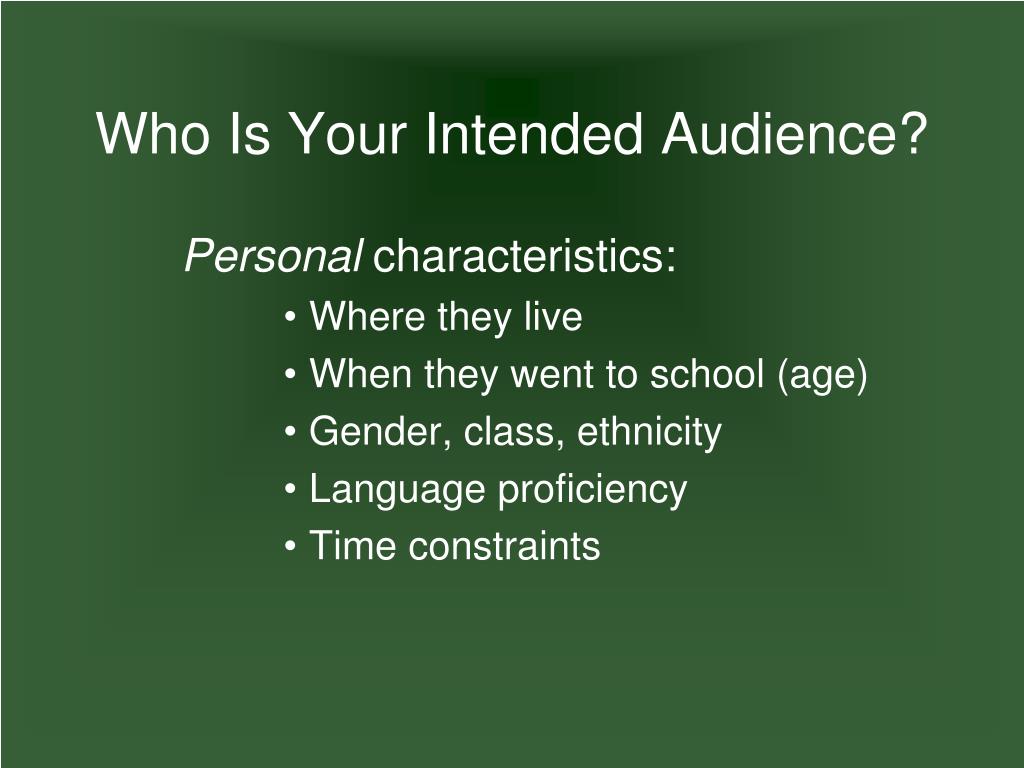




.jpg)
